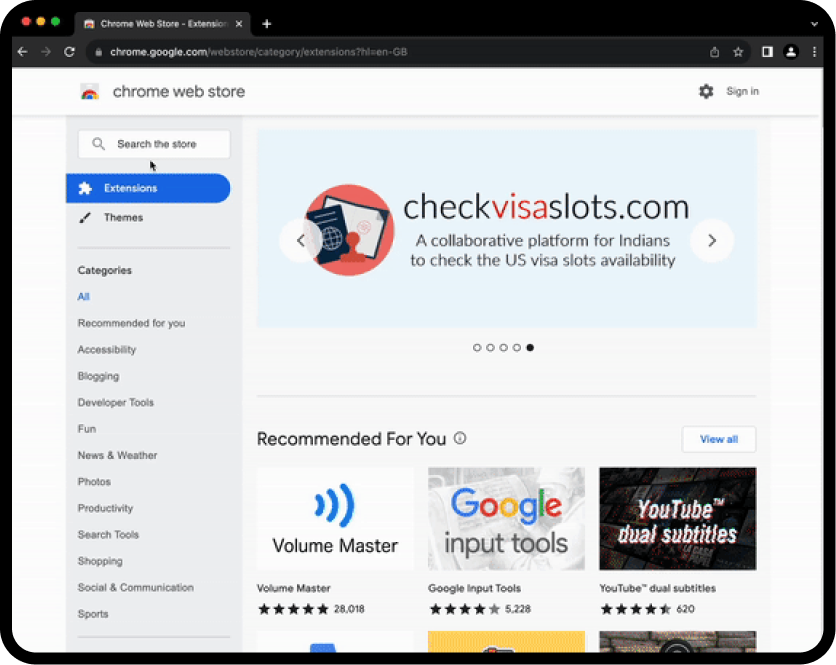GS1 Barcode Generator
Generates GS1-compliant barcodes for products, validates inputs, and outputs data ready for labeling and scanning.

Check It Yourself
About This Tool
Purpose-built GS1 barcode generation for product labeling and supply chain visibility. The tool accepts core product identifiers (GS1 prefix and item reference), optional AI data (batch/expiry/serial), and outputs a GS1 payload along with a ready-to-use barcode representation. It supports GTIN generation and GS1-128 payload assembly, enabling compliant labeling workflows across retailers and warehouses. The approach centers on data integrity and standard conformance to reduce labeling mistakes and streamline scan-ready outputs.
The system validates input formats, enforces allowed GTIN lengths (8, 12, 13, 14), computes the Mod-10 check digit, and concatenates AI strings in GS1 order. Advanced usage includes combining multiple AIs (01, 10, 17, 21) into a single payload for unified barcodes, while ensuring that each data element aligns with its AI semantics. The resulting payload can be exported as raw data and as a barcode image (SVG) suitable for labeling software.
Target users span manufacturers, packagers, distributors, and ecommerce sellers who need reliable, GS1-compliant barcodes to ensure accurate item identification, traceability, and seamless store-level scanning. The tool differentiates itself by strict GS1 validation, clear payload construction, and immediate, exportable outputs without requiring external services or branding.
Core features include input validation, GTIN/formats selection, check digit calculation, AI payload assembly, and exportable data and images. Typical use cases cover new product introductions, packaging reworks, and shelf-ready labeling for international supply chains.
How to Use
1. Provide inputs: enter company prefix, item reference, and optional AI data (batch/expiry/serial).
2. Choose barcode format: select GTIN-based or GS1-128 payload generation.
3. Run generation: tool validates inputs, computes the check digit, and builds the GS1 data string.
4. Review outputs: inspect the AI payload and the barcode SVG output for labeling compatibility.
5. Export: download or copy the data payload and SVG for printing and integration with labeling workflows.

FAQs/Additional Resources
Find Quick Answers
What data is required to generate a GS1 barcode?
Which GS1 formats are supported?
How is the check digit calculated?
User Reviews
See What Others Are Saying
Explore Related Tools
More Solutions for Your Needs
City Generator
Generates Minecraft-ready city layouts for builders and map makers with districts, roads, and export-ready schemas.
Idea Generator
Generates relevant, actionable ideas for content, products, or campaigns based on domain, audience, constraints, and desired output formats.
Your Feedback Matters
Help Us to Improve

 Norwegian
Norwegian
 Danish
Danish
 German
German
 English
English
 Spanish
Spanish
 French
French
 Italian
Italian
 Dutch
Dutch
 Portuguese
Portuguese
 Swedish
Swedish
 Hebrew
Hebrew
 Arabic
Arabic









